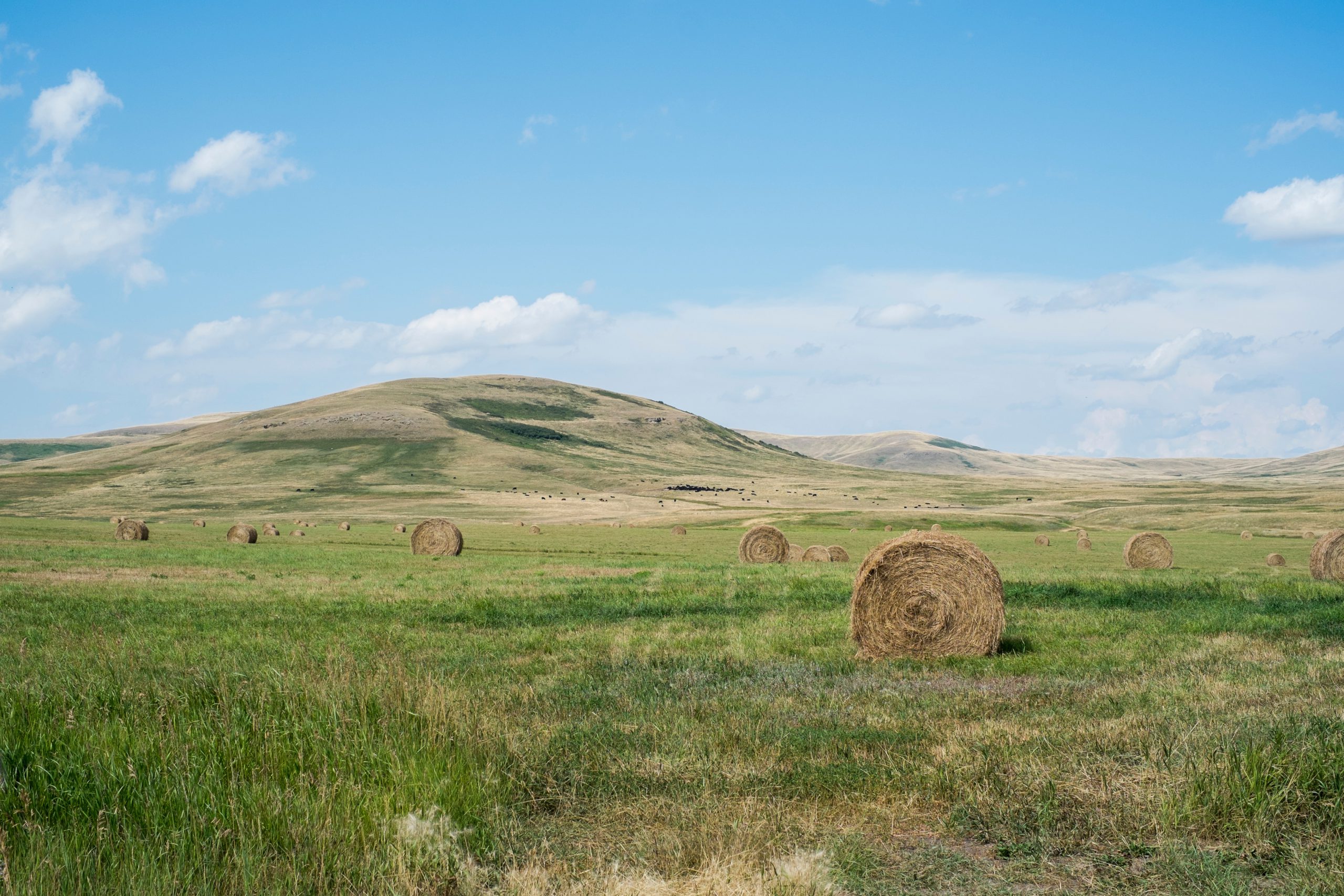
In the summer of 1806, several dedicated young men attending the Williams College in Williamstown, Massachusetts, began to gather regularly to pray and read reports of the burgeoning work of Andrew Fuller, William Carey, and the new Baptist Missionary Society in England.
On one occasion, while meeting in a field adjacent to the college campus, the students, trapped by a thunderstorm, took shelter in a haystack. Haystacks in 1806 were not the manicured and tightly bound variety that are arranged neatly as viewed from the 21st-century roadside.
Rather, these were the versions piled as high as a human could assemble with only a pitchfork and a sundown deadline. Thus, like a quickly assembled snow fort, the young men of Williams dove into and carved out a hay-lined shelter to continue their meeting. What they found, though, was far more rewarding than had they discovered a missing needle.
The “Haystack Prayer Meeting” resulted in the dedication of these young men to personal participation in the global missions task, and the ensuing years led to the entry of a formal American participation with the sending of Adoniram and Ann Judson along with several others to the East.
Herein, we can see a dotted line from 1806 to the present, for the Haystack Prayer event is, in many ways, the Wittenberg Door of American evangelicalism’s awakening to the need and universal call for all believers to support, organize, and send many for global gospel proclamation.
Famously, the Judsons would change from Congregationalists to Baptists en route to Burma, and through them and the aid of Luther Rice, the Baptist Board for Foreign Missions was formed. Now mobilized toward sending and supporting world evangelism, Baptists in America saw and had a need to form a national denomination, and did so in 1814, in what would become known as the Triennial Convention.
This is no small point for our denominationally averse age to miss: the reason why Baptist churches sought to cooperate at a national level, with all of its necessary machinery, politics, stresses, and strains, was for the purpose of uniting to send the gospel to those who have never heard (Rom 15:21).
Three decades later, due to the tragedy of many Baptists in the South defending the practice of slavery, this national denomination divided in two, and the Southern Baptist Convention began and, eventually, also the Foreign Mission Board (now International Mission Board). But, even through tragedy, the connection to the Haystack remained.
Likewise, many other evangelical denominations can trace their entree into global mission advocacy back to that meeting in the fields behind Williams College, and that is what makes that location and that moment in 1806 so meaningful. For, in that sense, it is right to connect the sending today of any American evangelical missionary to those college students praying during a thunderstorm 213 years ago.
Recognizing the significance of that 1806 prayer meeting, later missions supporters dedicated in 1867 The Haystack Prayer Monument on the grounds of Williams College, where it still resides in the College’s Mission Park.[1]
The Midwestern New England Study Tour convened in Williamstown earlier this year to see the monument and to reflect on the 1806 event and to consider the idea of the Haystack Prayer Meeting as the Wittenberg Door for American Great Commission engagement.
In recent years, we have rightly remembered the 500th anniversary of the actual Reformation events the door in Wittenberg helped to launch, events that would encourage the later formation of Williams College and many Protestant churches in New England.
Therefore, in the spirit of the Reformation’s gospel recovery, it is good and right also to consider the impact of a group of praying students, heirs of Wittenberg themselves, on the modern missions movement of global gospel proclamation.
Editor's Note: This originally published at Jason Duesing's website.

